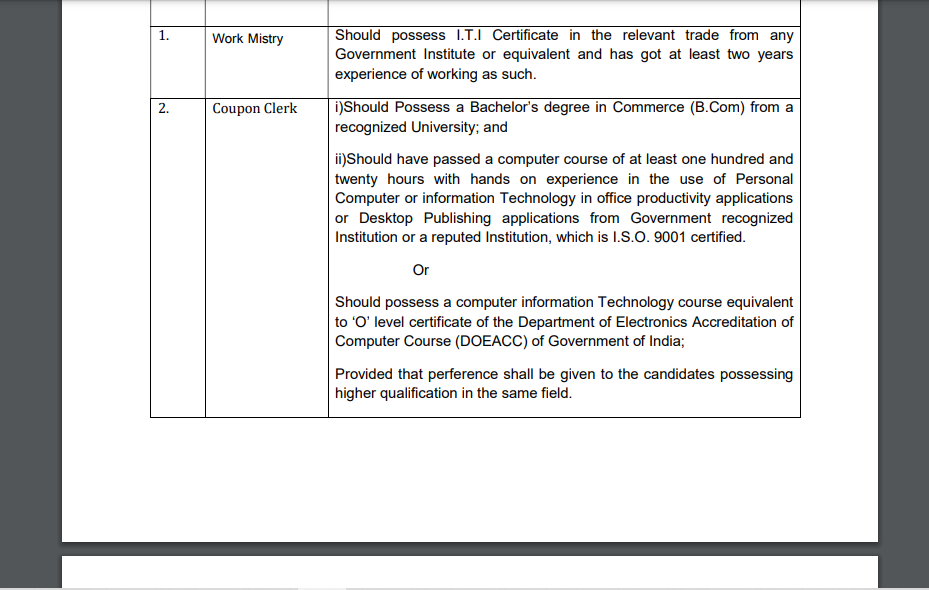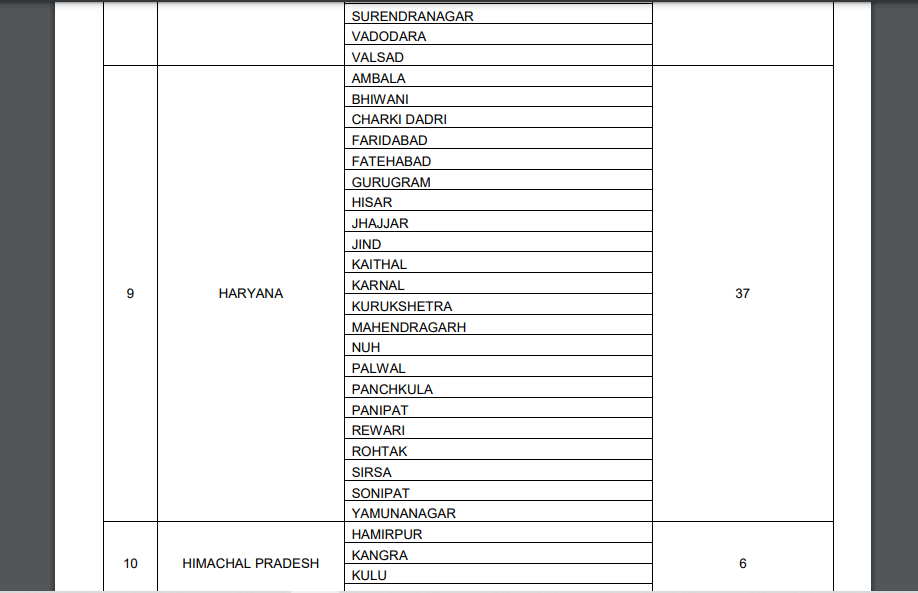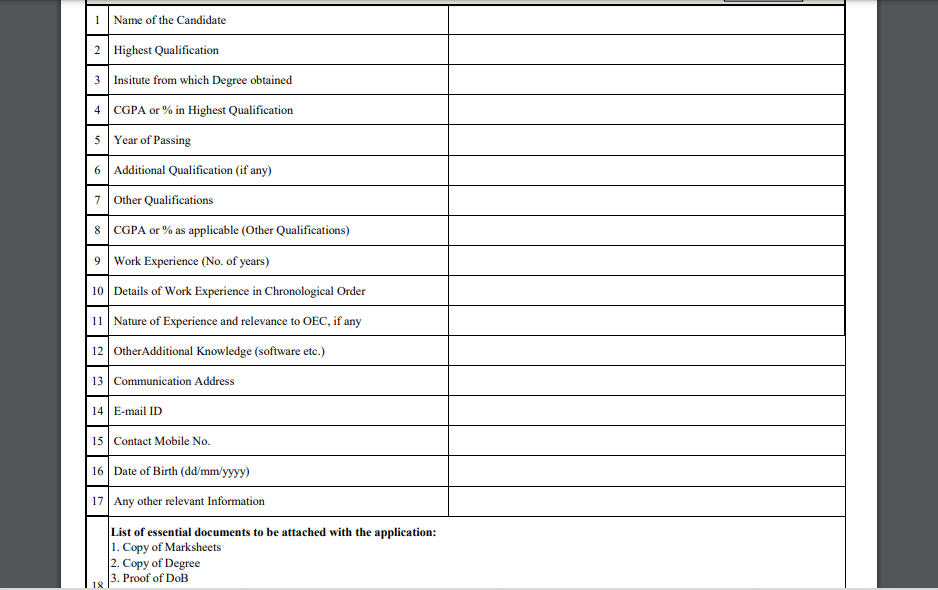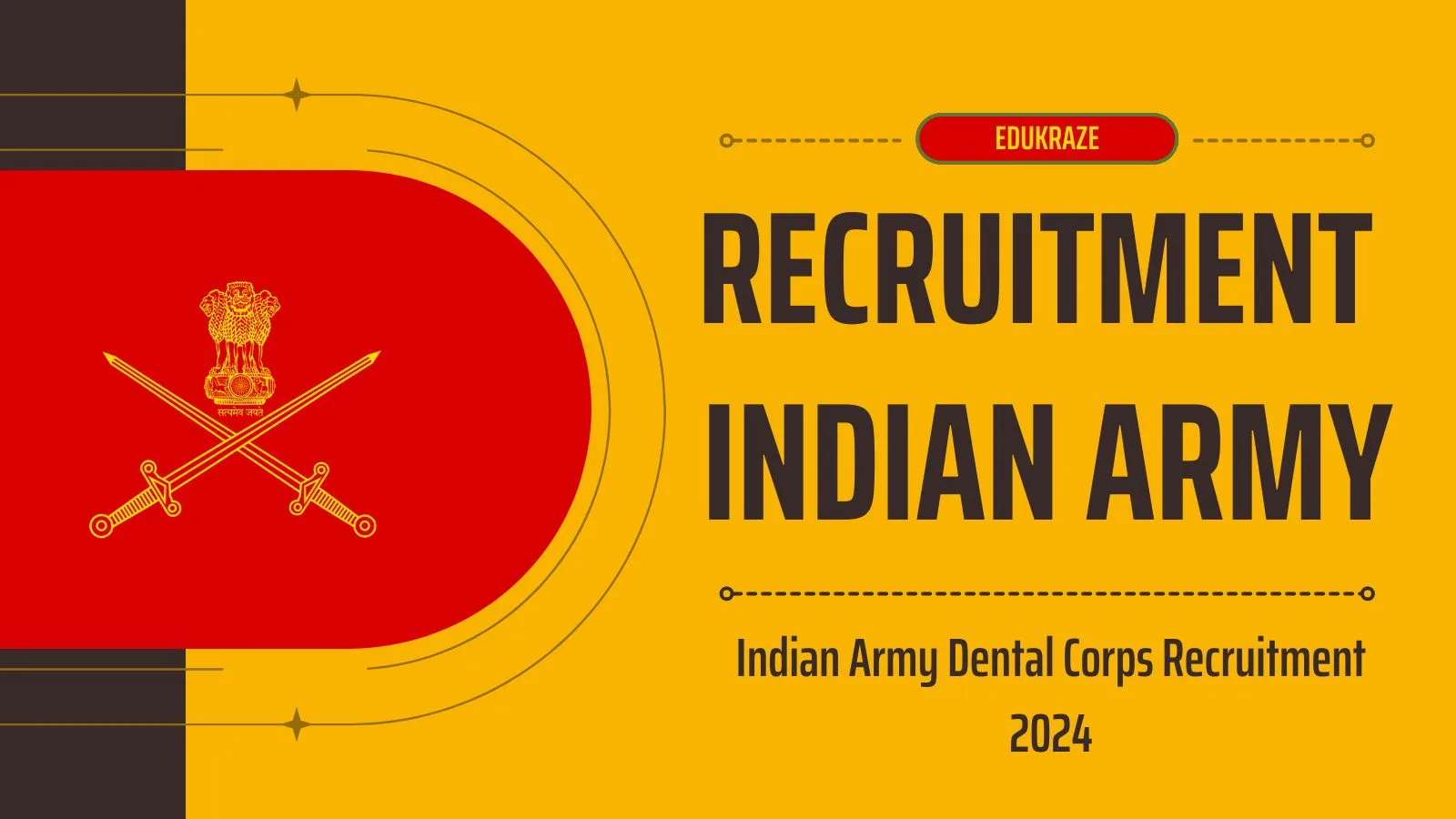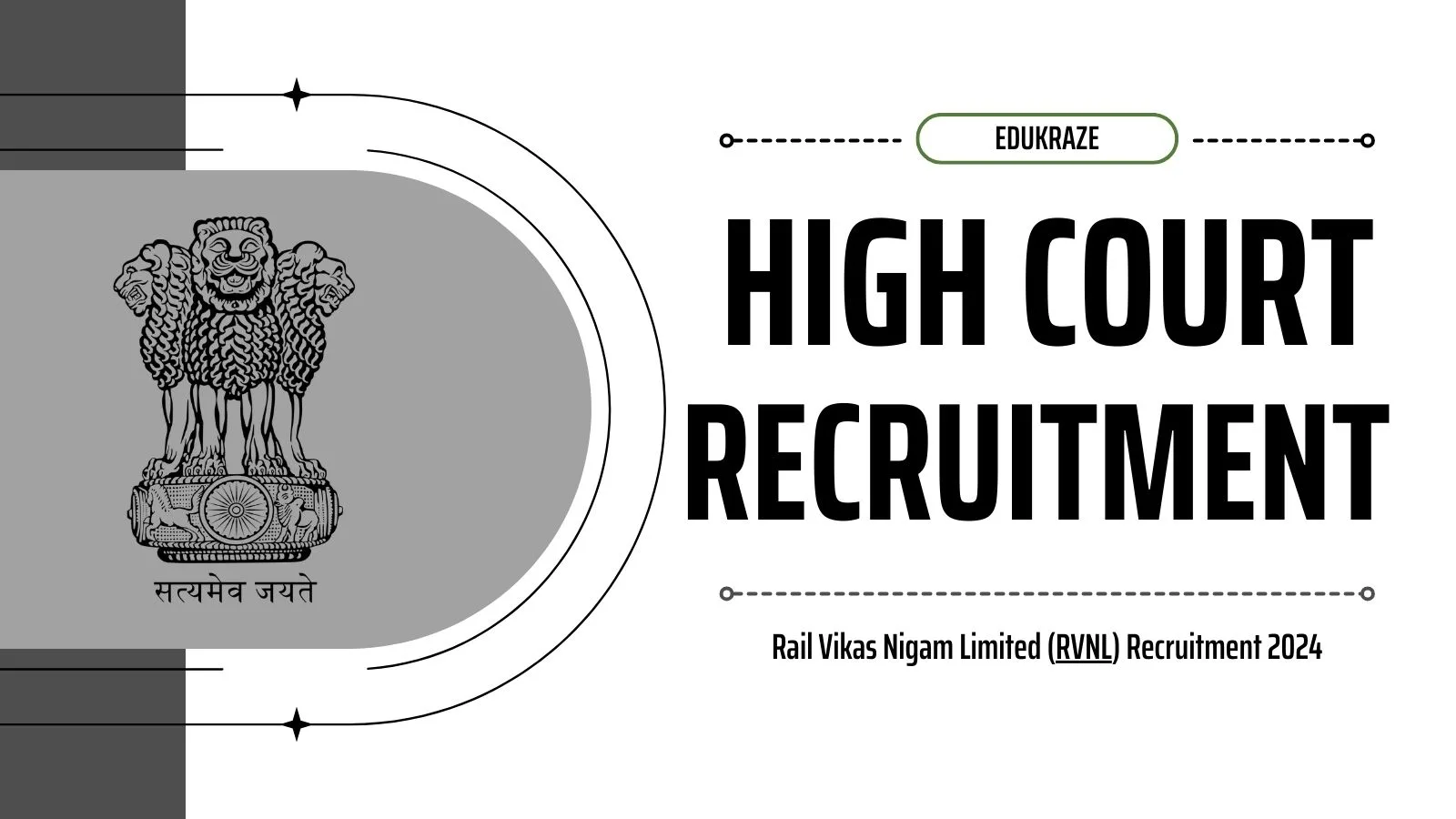Table of Contents
1. Introduction
World Day Against Child Labour is an annual event observed on June 12th, serving as a global platform to raise awareness about the issue of child labour and advocate for its eradication. In 2023, the theme is “Social Justice for All. End Child Labour!” This article delves into the significance of this day, explores the connection between social justice and child labour, and highlights the joint efforts required to eliminate this pressing problem.
2. The Importance of World Day Against Child Labour
World Day Against Child Labour acts as a catalyst for the worldwide movement against child labour. It serves as a reminder of the need for immediate action to protect children from exploitation and provide them with a safe and nurturing environment for their development.
3. Understanding the Link between Social Justice and Child Labour
Social justice and child labour are closely intertwined. The prevalence of child labour reflects a lack of social justice, as children are deprived of their rights to education, health, and a normal childhood. Addressing child labour is crucial for achieving social justice in society.
4. Joint Efforts in Tackling Child Labour
Over the past three decades, collective efforts have been made to combat child labour. These efforts have shown that child labour can be eliminated by addressing its root causes. Collaboration between governments, organizations, and individuals is essential to create lasting change.
5. The Urgency to Address Child Labour
Child labour is a visible problem that demands urgent attention. The 2023 World Day Against Child Labour serves as a moment to demonstrate the collective will and determination to accelerate efforts in ending child labour.
6. The Call for Reinvigorated International Action
World Day Against Child Labour calls for reinvigorated international action, particularly through the Global Coalition for Social Justice. Eliminating child labour should be a central focus of this coalition, ensuring social justice for all.
7. Universal Ratification of ILO Conventions
The universal ratification of ILO Convention No. 138 on Minimum Age, along with the existing ratification of ILO Convention No. 182 on Worst Forms of Child Labour, is crucial. These conventions provide legal protection for all children against various forms of child labour.
8. Effective Implementation of the Durban Call to Action
The Durban Call to Action outlines specific steps and commitments to eradicate child labour. It is essential to implement this call to action effectively, aligning efforts to eliminate child labour with broader social justice initiatives.
9. High-Level Discussion at the International Labour Conference
As part of the World Day Against Child Labour, a high-level side event is organized during the International Labour Conference. Experts gather to discuss the progress made by ILO constituents in fulfilling their commitments, emphasizing the role of these efforts in advancing social justice.
10. The Prevalence of Child Labour
Despite progress, child labour remains a significant global issue. Approximately 160 million children worldwide are engaged in child labour, which is nearly one in ten children globally.
Also Read the Today’s Daily Current Affairs
11. Factors Contributing to the Persistence of Child Labour
Conflicts, crises, and the COVID-19 pandemic have increased poverty rates, forcing more children into labour. Economic growth must be inclusive and sufficient to alleviate the pressures that push families into relying on child labour.
12. Child Labour in Africa
Africa has the highest percentage of children in child labour, with one-fifth of children affected. The continent also has the largest absolute number of children engaged in child labour, reaching 72 million.
13. Child Labour in Asia and the Pacific
Asia and the Pacific region ranks second in terms of child labour prevalence. Approximately 7% of all children in this region, accounting for 62 million, are involved in child labour.
14. Child Labour in the Americas, Europe, and Central Asia
Child labour exists in other regions as well. The Americas have 11 million child labourers, while Europe and Central Asia have 6 million. The Arab States account for 1 million child labourers.
15. Strategies to Combat Child Labour
To combat child labour effectively, a multi-faceted approach is required. This includes improving access to quality education, strengthening child protection systems, promoting decent work for adults, and raising awareness among communities.
16. Conclusion
World Day Against Child Labour serves as a crucial reminder to prioritize the eradication of child labour and ensure social justice for all children. By addressing the root causes, reinvigorating international action, and implementing relevant conventions and initiatives, we can work together to end child labour and create a better future for our children.
FAQs
1. What is the purpose of World Day Against Child Labour?
World Day Against Child Labour aims to raise awareness about child labour and advocate for its elimination. It serves as a platform to address the issues related to child labour and promote social justice for all children.
2. How can social justice contribute to ending child labour?
Social justice ensures that all individuals, including children, have equal rights and opportunities. By promoting social justice, we create an environment that safeguards children’s rights, such as access to education, healthcare, and a nurturing environment, thereby reducing child labour.
3. What is the significance of ratifying ILO Conventions on child labour?
Ratifying ILO Conventions, particularly Convention No. 138 on Minimum Age and Convention No. 182 on Worst Forms of Child Labour, provides legal protection for children and helps establish a framework to combat child labour effectively.
4. What is the role of the Durban Call to Action in addressing child labour?
The Durban Call to Action outlines commitments and steps to eradicate child labour. Implementing this call to action ensures that efforts to eliminate child labour are aligned with broader social justice initiatives.
5. How can individuals contribute to ending child labour?
Individuals can contribute to ending child labour by supporting organizations and initiatives that combat child labour, raising awareness about the issue, advocating for stronger laws and policies, and making ethical choices as consumers.
6. What is the theme for the World Day Against Child Labour 2023?
“Social Justice for All. End Child Labour!” is the theme for the World Day Against Child Labour 2023

